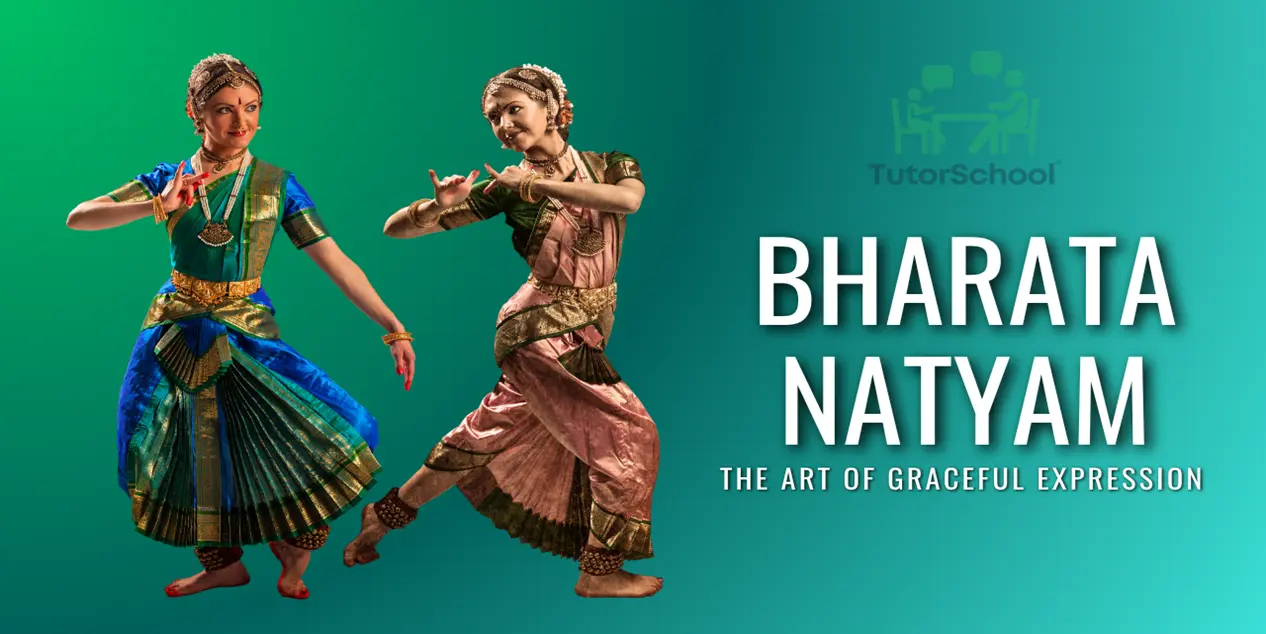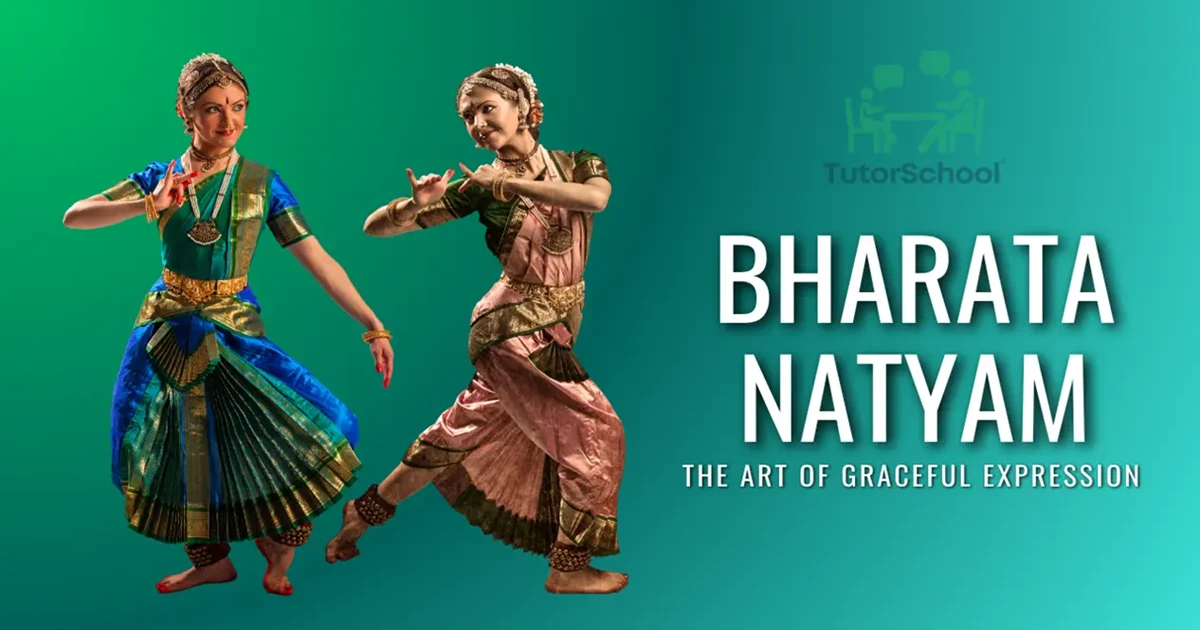
Bharatanatyam Dance – History, Meaning, and Global Legacy
Introduction: A Timeless Indian Heritage
Bharatanatyam stands as India’s oldest classical dance form, a vibrant embodiment of South Indian culture, tradition, and story-telling. Born in the temples of Tamil Nadu over 2,000 years ago, Bharatanatyam is celebrated today on grand stages worldwide, admired for its intricate footwork, expressive gestures, and spiritual storytelling. This comprehensive, SEO and GEO-enriched article traces the extraordinary journey of Bharatanatyam—from sacred temple ritual to global phenomenon—exploring its history, stages, style, meaning, cultural influence, and leading proponents.
Origins: Ancient Roots in Tamil Nadu Temples
Archaeological and Literary Foundations
Bharatanatyam’s story begins deep in Tamil Nadu’s sacred geography. The earliest references are found in the Natya Shastra (circa 500 BCE to 200 CE), the ancient Sanskrit treatise on dramatic arts attributed to sage Bharata Muni, while the Silappatikaram (circa 171 CE), a classical Tamil epic, elaborates the repertoire and philosophy of dance in South India. Carvings of Bharatanatyam poses adorn the temples of Chidambaram, Kanchipuram, and Madurai, with the Chidambaram temple’s gopurams famously depicting the 108 Karanas, or core dance poses described in Natya Shastra.
Temple sculptures dated from the 6th to 9th century CE demonstrate that dance was already a sophisticated art by the mid-1st millennium CE. The dance developed as an offering to the gods—performed in the inner sanctums of temples by women known as Devadasis (servants of God), marking Bharatanatyam as an integral part of Tamil Nadu’s religious and social fabric.
What Does Bharatanatyam Mean?
The term “Bharatanatyam” is itself deeply meaningful:
- Bha: Bhava (expression or emotion)
- Ra: Raga (melody)
- Ta: Tala (rhythm)
- Natyam: Dance
Thus, Bharatanatyam is “the dance that blends emotion, music, and rhythm”. It was originally known as Sadir or Dasiattam, and only officially named Bharatanatyam in 1932 as part of the art form’s revival and modernization.
Unique Features: Style, Structure, and Expressiveness
Physical and Artistic Characteristics
Bharatanatyam is famed for its fixed upper torso, bent legs (Aramandi posture), intricate footwork, and a highly developed vocabulary of hand gestures (mudras), eye movements, and facial expressions (abhinaya). Dancers wear vibrant costumes similar to Tamil bridal attire and adorn themselves with jewelry that highlights the play of expressions and gestures.
Artistic Divisions: Nritta, Nritya, Natya
- Nritta: Pure dance, focusing on rhythm and movement, free from narrative or emotion.
- Nritya: Expressive dance, combining rhythm with gesture, facial expression, and emotional storytelling.
- Natya: Dance-drama, enacting specific characters or stories, often with speech and music.
The Margam: Seven Stages of Bharatanatyam Performance
A traditional Bharatanatyam performance—a Margam—follows a well-defined sequence, each stage with unique significance:
- Pushpanjali: The offering of flowers—a devotional invocation and salute to gods, guru, and audience.
- Alarippu: The opening warm-up, featuring pure dance movements, preparing body and mind.
- Jatiswaram: Complex rhythmic patterns synchronized to melody—purely abstract without lyrics.
- Shabdam: The introduction of expressive dance (Nritya); music and gestures narrate simple stories, often hymns to deities.
- Varnam: The longest, most elaborate centerpiece that showcases the dancer’s mastery—it fuses complex rhythms, expressive storytelling, and technical prowess.
- Padam: Lyrical and emotive section focusing on abhinaya—expressing nuanced emotions, romance or devotion.
- Tillana: A lively, fast-paced finale, highlighting rhythmic virtuosity and exuberance.
Some performances conclude with Mangalam, seeking blessings for the performer and the audience.
Bharatanatyam Through the Ages
The Devadasi Tradition
Initially, Bharatanatyam was the domain of Devadasis, temple dancers revered for their spiritual devotion and artistry. Their performances interpreted Hindu mythologies and epics, weaving together legends from the Mahabharata, Ramayana, and Purana.
Colonial Suppression and Social Stigma
During the British colonial era (19th century), temple dances were discouraged and even banned in 1910 by the Madras Presidency, due in part to misperceptions about the Devadasis and moralistic reform movements. The dance was ridiculed, and its practitioners marginalized. This marked a low ebb in Bharatanatyam’s history, threatening its very survival.
The Modern Revival
The 20th century saw a spirited revival led by cultural activists and visionaries:
- E. Krishna Iyer: A freedom fighter and lawyer, he challenged the colonial taboos, performed in female costume to reduce stigma, and organized performances at public institutions.
- Rukmini Devi Arundale: Inspired by India’s heritage, she founded the Kalakshetra Foundation in Chennai in 1936, revolutionizing Bharatanatyam by reimagining its aesthetics, pedagogy, and cultural respectability. Her influence made Bharatanatyam accessible to broader society and women of all backgrounds, not just Devadasis.
Thanks to these pioneers, Bharatanatyam was reclaimed as a dignified classical art—recognized by the Sangeet Natak Akademi and embraced by independent India as a national treasure.
Modern Spread and Contemporary Significance
Today, Bharatanatyam is a living tradition that thrives in dance schools and festivals across India, particularly in Tamil Nadu, Chennai, Thanjavur and other cultural hubs. It is widely taught and celebrated in Indian diasporic communities in the US, UK, Europe, Southeast Asia, and beyond.
Bharatanatyam performances now extend beyond religious stories, including secular and contemporary themes, fusion initiatives, and cross-cultural collaborations. Prestigious annual events such as Chennai’s December Dance Festival attract thousands of practitioners and audiences globally.
Celebrated Exponents: The Faces of Bharatanatyam
Over time, many legendary artists have embodied and furthered Bharatanatyam’s legacy:
- Rukmini Devi Arundale: Architect of modern Bharatanatyam and founder of Kalakshetra.
- Balasaraswati: Revered for abhinaya (expressive dance) and credited for defending the Devadasi tradition.
- Padma Subrahmanyam: Innovator and scholar, known for research on karanas—the core dance movements of Natya Shastra.
- Yamini Krishnamurthy: Noted for technical mastery, dynamic performances, and popularizing the dance in North India and abroad.
- Alarmel Valli, Mallika Sarabhai, Meenakshi Chitharanjan, Vyjayanthimala, Shobana: Other stalwarts contributing through performance, scholarship, and cinema.
Costume, Music, and Orchestration
Attire & Jewelry
Female dancers traditionally wear brightly colored saris, pleated at the front for freedom of movement, adorned with gold or silver borders, jewelry sets, and flowers in their hair. Fingertips and toes are colored with henna to highlight gestures. Male costumes vary, typically involving dhoti-style wraps and modest jewelry.
Musical Ensemble
A Bharatanatyam recital features a Carnatic orchestra: drum (mridangam), flute, violin, veena, and a vocalist. The nattuvanar (dance conductor, often the guru) cues the dancer with syllabic recitation of rhythmic patterns.
Levels of Training: Discipline and Milestones
Bharatanatyam training is rigorous—beginning with foundational adavus (steps), progressing to advanced choreography and abhinaya. The milestone of Arangetram marks a student’s graduation to solo performer status, usually celebrated with great ceremony.
Geographic Significance: Why Bharatanatyam Flourishes in Tamil Nadu
Tamil Nadu’s temples, rich cultural ethos, and artistic patronage have nurtured Bharatanatyam for centuries—making it not only the state dance of Tamil Nadu but an iconic symbol of South Indian identity. Towns like Chennai, Thanjavur, Madurai, and Chidambaram are regarded as spiritual and artistic centers for aspirants and masters alike.
Conclusion: The Living Spirit of Bharatanatyam
From ancient Tamil temples to international stages, Bharatanatyam remains a beacon of Indian cultural pride, spiritual depth, and artistic excellence. Its history speaks of resilience—surviving colonial bans, social prejudice, and evolution into a 21st-century global art form.
Whether seeking dance classes for children in the USA, performers for an event in Chennai, or simply wishing to marvel at its beauty, Bharatanatyam’s story continues—ever rooted in Tamil Nadu, yet reaching hearts across the world.
For anyone with a passion for culture, emotion, storytelling, and music, Bharatanatyam offers a profound, time-tested journey into India’s artistic soul.
